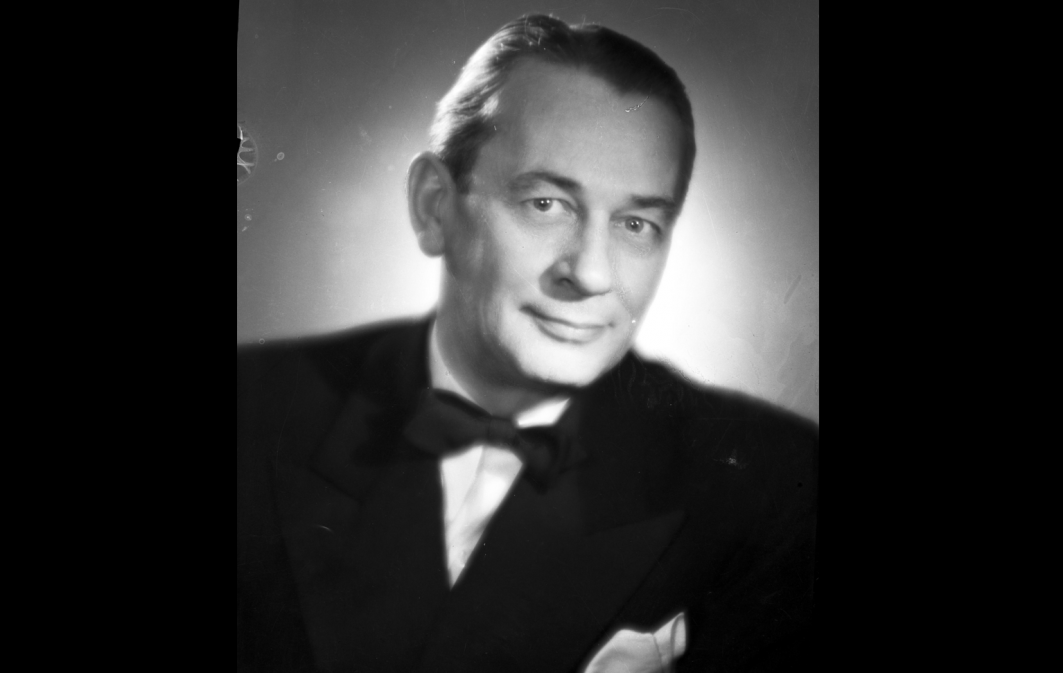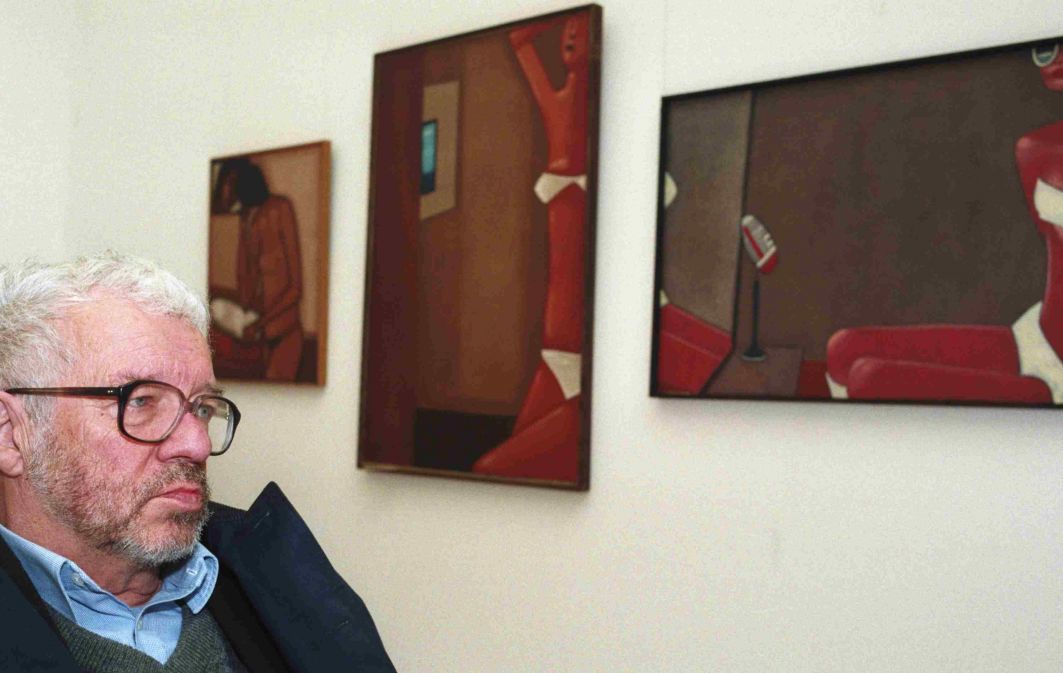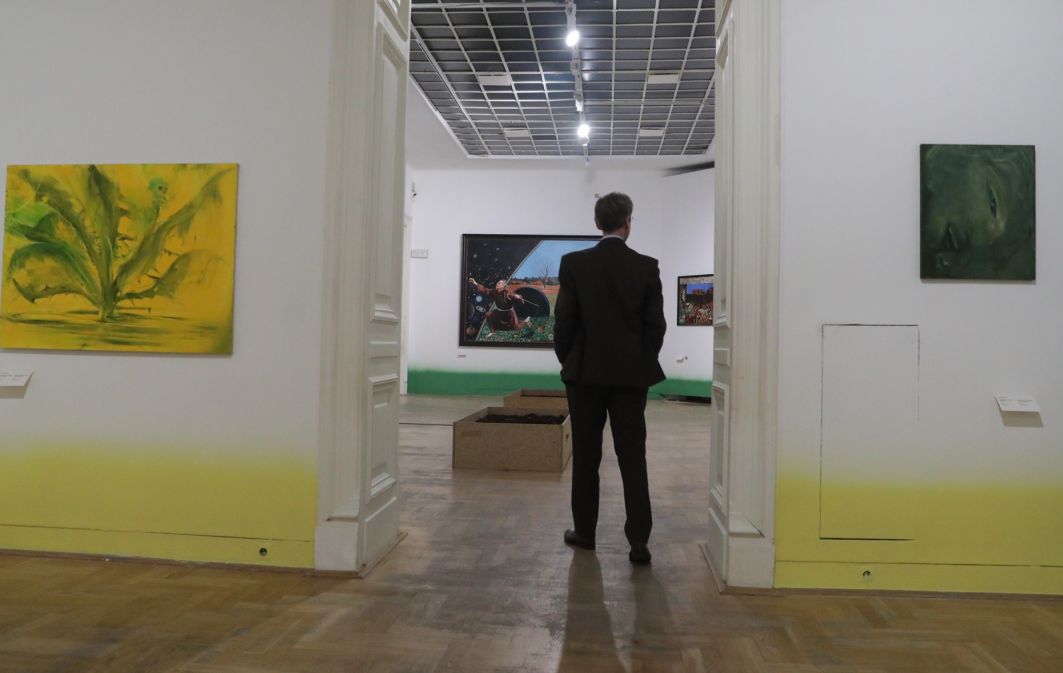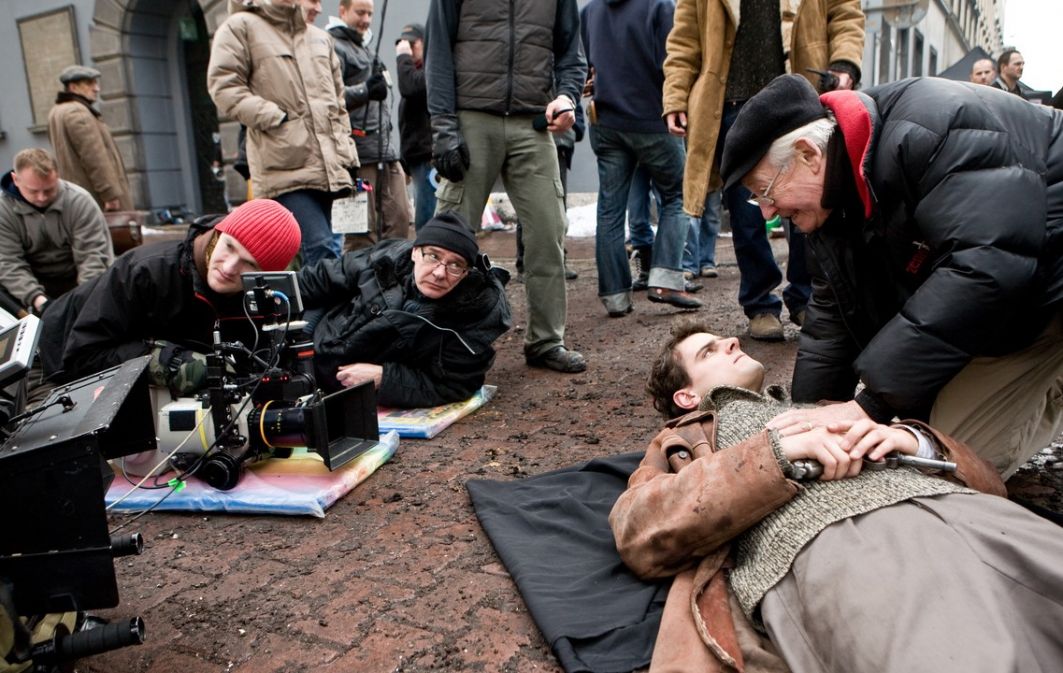Le Havre was still asleep when Claude Monet looked out the window. The first rays of the sun broke through the autumn mist, as it does at dawn. France's largest transhipment port was slowly coming to life. That opportunity could not have been missed! The painter quickly set up his easel (or perhaps he had already prepared it before) and started to work. Casual brushstrokes, a thin layer of paint, and the technique characteristic for the sketch prove that he was in a hurry. Only a few hours later, the painting that would turn the hierarchy of European Art upside down was finished. The godfather of Impressionism could now test the quality of the hotel bed or, with a sense of a well-started day, go downstairs and drink his morning coffee.
Today it is hard to believe that hedonistic and easy-to-understand art, being the quintessence of the French spirit, was born in such pain and with the resistance of the overwhelming majority of Parisians (let alone all the provincials). In 1865, 1866 and 1868, Monet exhibited two of his works at the Salon. However, the jurors consistently rejected his paintings as contrary to the only right academic models. What else could expect a fractious student who despised the old masters, never went anywhere near the Louvre, and wanted to create "as a bird sings"?
His father lost his patience, and when Claude announced that he had a child with a model and was going to marry her, he simply disinherited him (although he had a daughter with a maid himself). The bourgeois family hoped that Junior would regain his senses and go down to earth to do some decent work instead of chasing an artistic mirage. Unfortunately, he was stubborn and didn't give up. In love with bright colours and natural light effects, he explored their nature for the next 60 years, as long as he could see and hold brushes in his hand.
In all fairness, the Impressionists did not discover the poetry of nature and ordinary people’s lives. This is thanks to the Barbizonians, who are older by a generation. Monet's mentor, Eugène Boudin - a Norman landscape self-taught painter, preached that the future of painting was outdoor work.
Wednesday the 13th
The war with Prussia, the stake of which - as it turned out - was the unification of Germany, separated the rebellious young artists. Frédéric Bazille went to the front and died. His friend Monet was not eager to fight. Ten years earlier, he had allowed himself to be recruited into the army and was even sent to Algeria. Monet spent almost a year there but did not smell the gunpowder. He contracted typhus and was sent home. His aunt made the appropriate payment so the army would leave Claude alone.
 SIGN UP TO OUR PAGE
SIGN UP TO OUR PAGE 
This time he decided to wait out the turmoil abroad. In London, he was truly impressed by William Turner's paintings, and in the Netherlands, by the Japanese prints that the clerks in the colonial shops used as wrapping paper. Fascination with Far Eastern woodcuts united those despised by Salon. They were even called "Japanese".
The 31-year-old Manet returned to Paris after the collapse of the Commune. He still wore a well-trimmed beard and had reasons to believe that the worst was over. He was no longer drowning in debt, starving and scaring his friends with suicidal thoughts. He sold his works for an average of three hundred francs apiece. The inheritance of four thousand franks from his wife’s father also improved the situation.
Claude could fulfil his dream of hiring a house in the capital's suburbs. In Argenteuil, he painted like crazy: the Seine, the port, bridges, streets, gardens, orchards, fields and his wife Camille (who was not destined to live long). Sometimes he went to Normandy, especially to Rouen, Étretat and Le Havre.
In the latter place, he spent his childhood, and his father had a grocery store.
On one of those visits, Monet stayed at the Hôtel de l'Amirauté. It was not cheap accommodation, but due to its location at the coast, it guaranteed a beautiful view. This is where the painting we know as the “Impression. Sunrise" was created. The author dated it to 1872. For our era, obsessed with data calculated in steps of seconds and millimetres, that information is reprehensibly laconic.
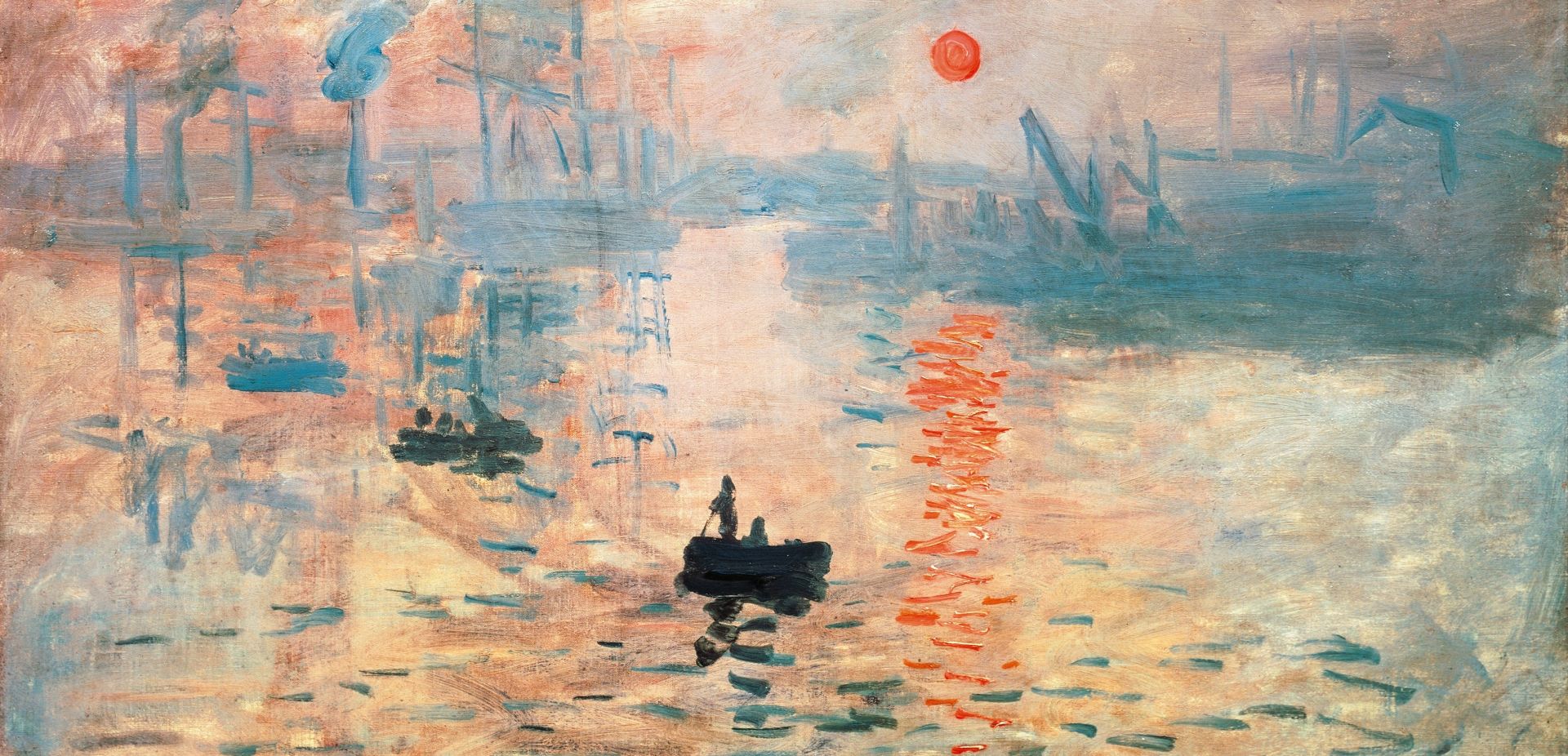
 SIGN UP TO OUR PAGE
SIGN UP TO OUR PAGE 
